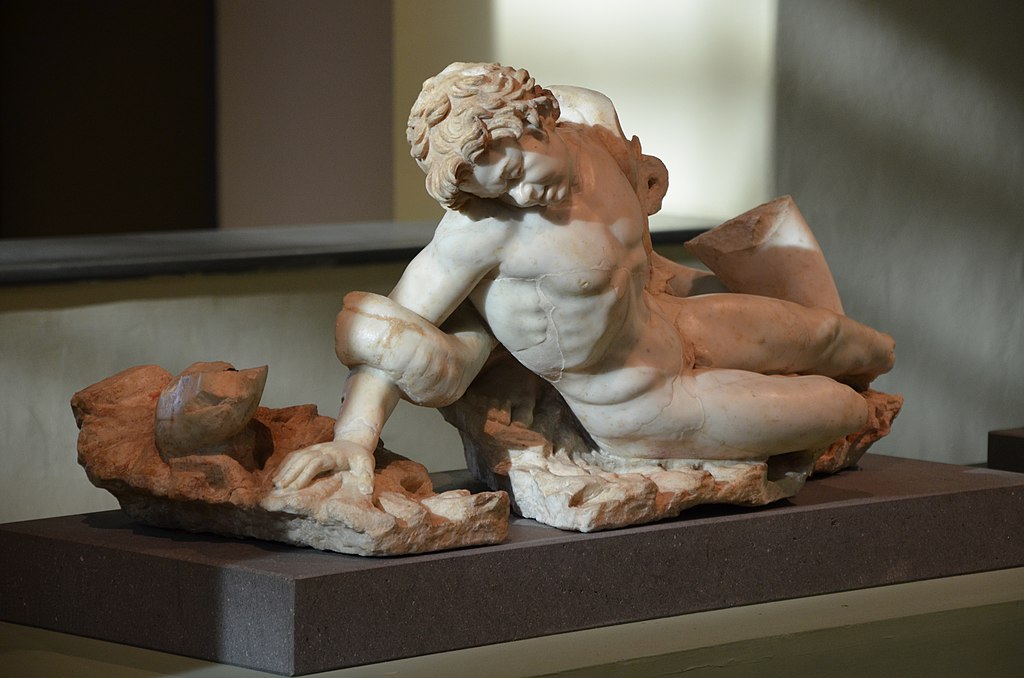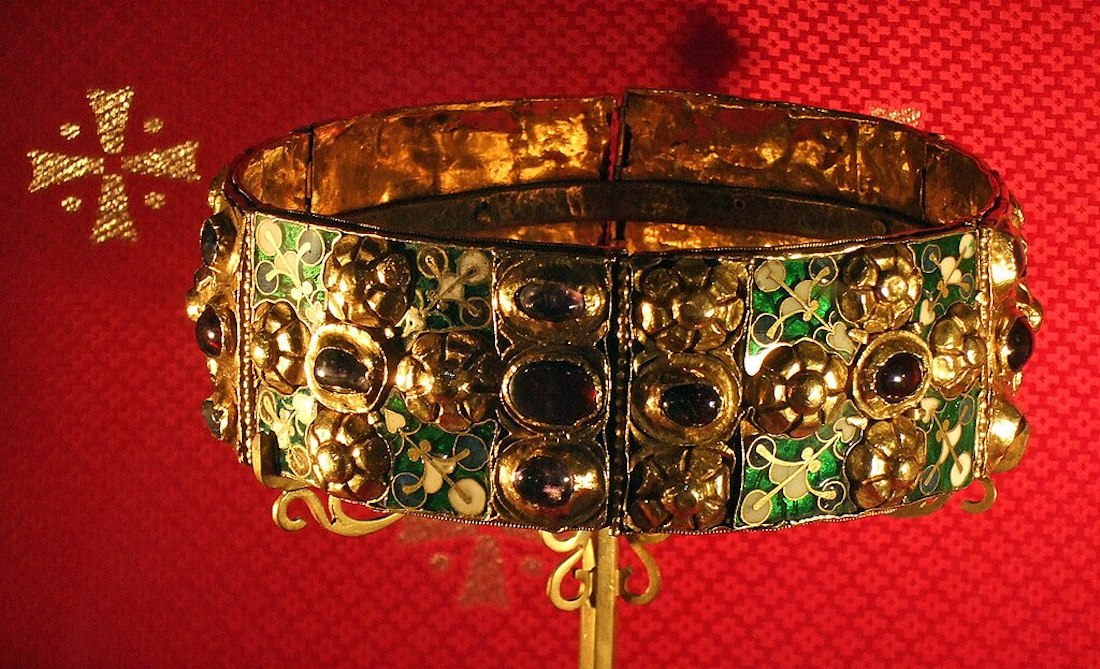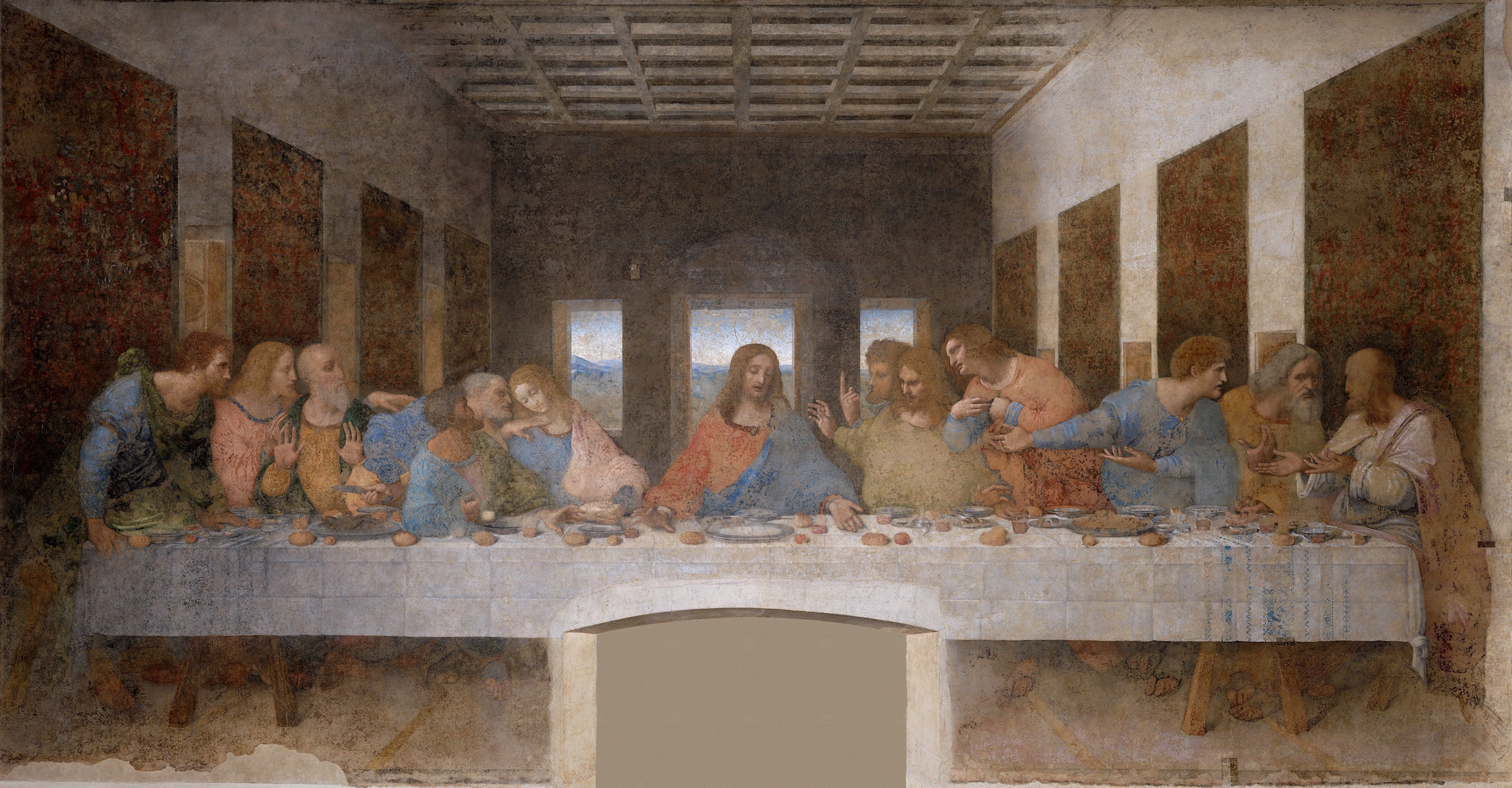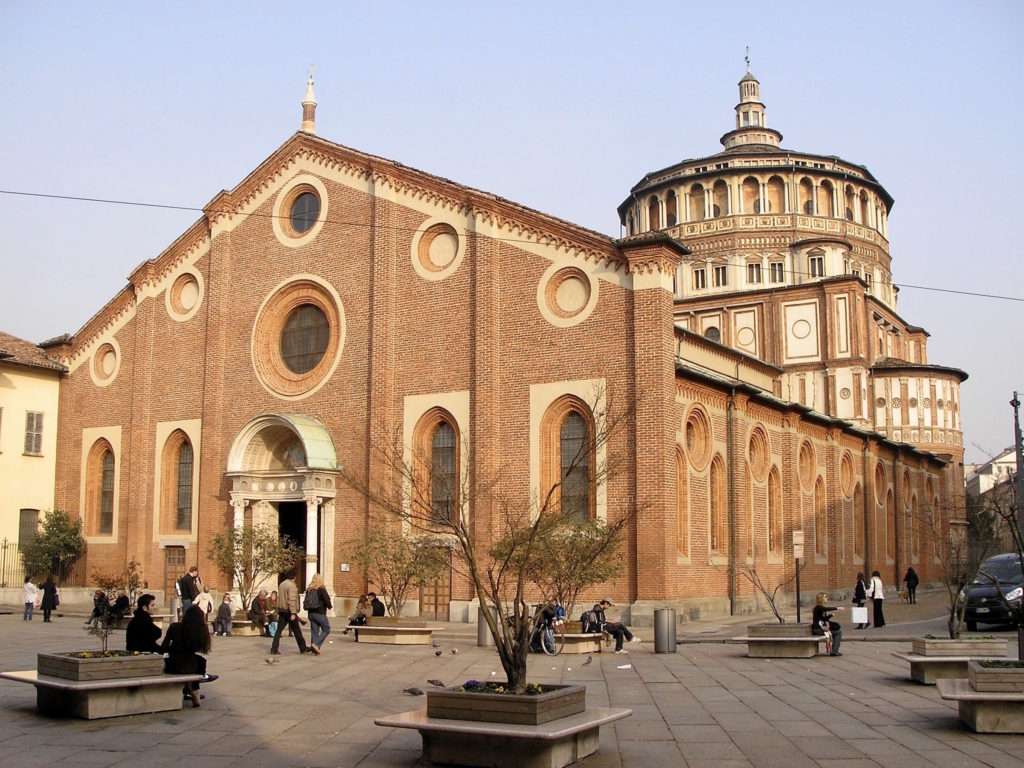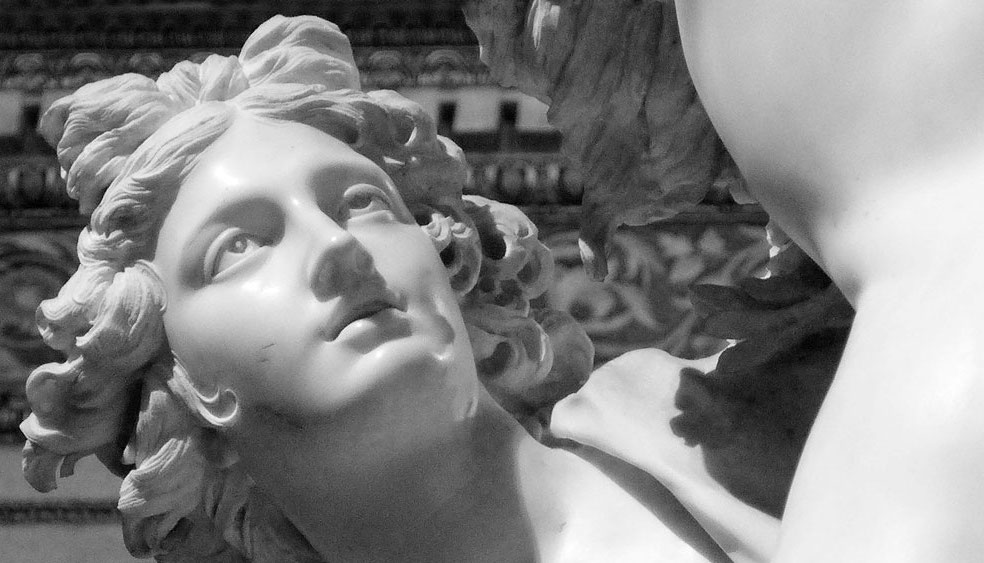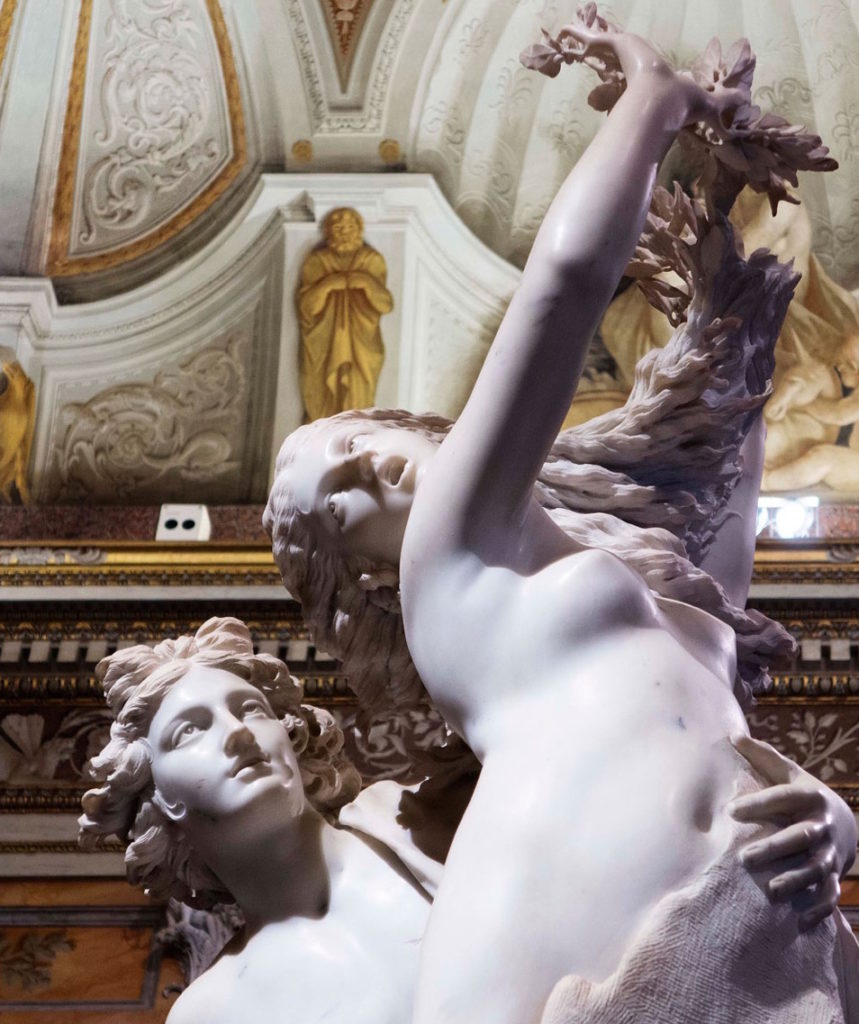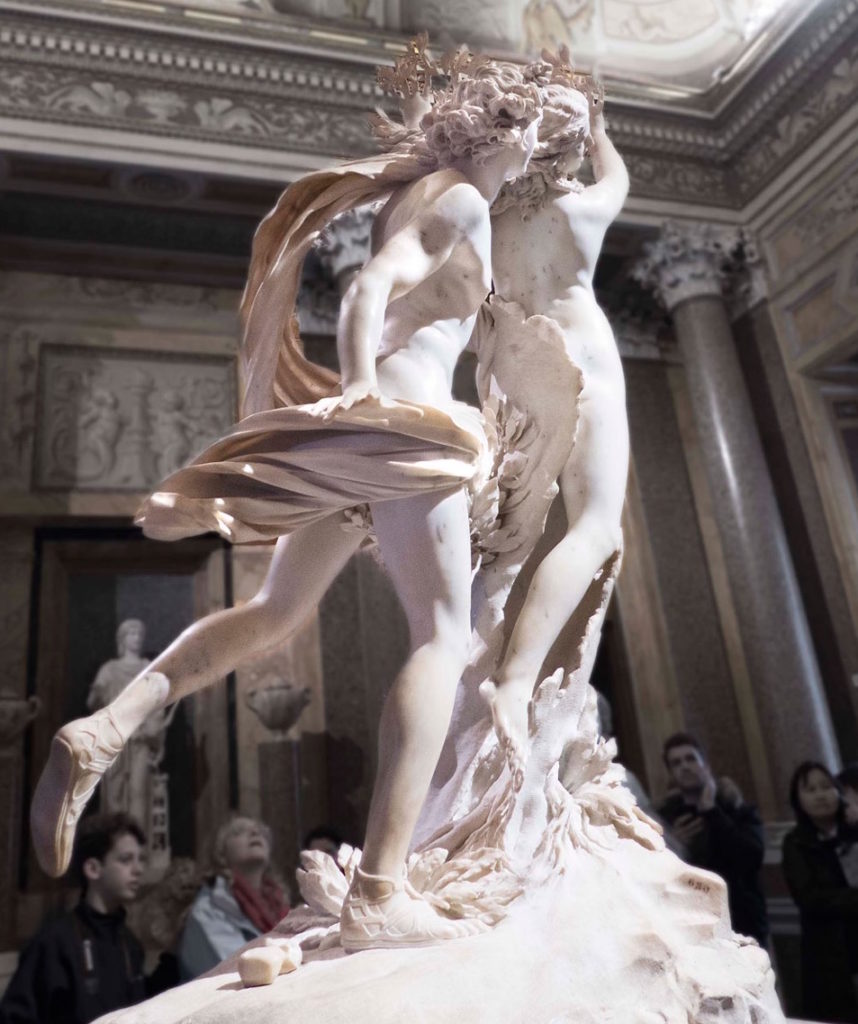13 Jun Italy’s Quiet Masterpieces: Some lesser known museums in Rome, Milan and Venice
If you’re a lover of history and art or simply curious about these cities’ rich heritage, we’ve assembled a selection of museums that provide a unique glimpse into Italy’s vibrant past. Away from the usual hustle, these spots offer a more tranquil and rewarding visit.
Be sure to add these spots to your trip plan!
Rome
Centrale Montemartini
Address: Via Ostiense, 106, 00154 Roma RM
Located in the Ostiense district, about a 15-minute metro ride from the Colosseum, Centrale Montemartini is a unique fusion of industrial architecture and classical art. Once a power plant, this museum now houses an impressive collection of ancient Roman sculptures, dramatically set against a backdrop of old machinery. It’s a fascinating contrast that brings history to life in a truly unexpected way.
Palazzo Altemps
Address: Piazza di Sant’Apollinare, 46, 00186 Roma RM
Tucked away near Piazza Navona, just a 5-minute stroll from the bustling square, Palazzo Altemps is a Renaissance palace that houses a collection of ancient Roman and Egyptian artifacts. The museum is a quiet oasis where you can admire beautifully preserved sculptures and frescoes in an opulent, historic setting. It’s a perfect stop for those seeking art with a touch of grandeur.
Milan
Poldi Pezzoli Museum
Address: Via Alessandro Manzoni, 12, 20121 Milano MI
Located in the stylish Brera district, just a 5-minute walk from the Teatro alla Scala, the Poldi Pezzoli Museum is an elegant former residence turned museum. It houses an eclectic collection of Renaissance paintings, decorative arts, and armour. This museum offers a quiet, refined atmosphere where you can appreciate art in a beautifully curated setting.
Museum of Science and Technology (Leonardo da Vinci)
Address: Via San Vittore, 21, 20123 Milano MI
Found in the Sant’Ambrogio neighbourhood, about a 10-minute walk from the Last Supper, this museum is a haven for science and history enthusiasts alike. Dedicated to Leonardo da Vinci’s genius, it features models of his inventions and exhibits on space, transport, and energy. It’s a fascinating, educational experience ideal for those wanting to delve deeper into the mind of one of history’s greatest thinkers.

Scuole Grande di San Rocco – Photos by Alexandru Ionescu on Unsplash
Venice
Scuola Grande di San Rocco
Address: San Polo, 3052, 30125 Venezia VE
Situated in the San Polo district, just a 10-minute walk from the Rialto Bridge, the Scuola Grande di San Rocco is a hidden masterpiece. This historic confraternity building is adorned with dramatic works by the Venetian painter Tintoretto. Every inch of this grand hall is covered in art, offering a breathtaking glimpse into Venice’s artistic golden age, away from the usual tourist trail.
Fortuny Gallery
Address: San Marco, 3958, 30124 Venezia VE
Nestled in the heart of the San Marco district, a short walk from La Fenice Opera House, the Fortuny Gallery is a lesser-known gem. Housed in a Gothic palace, the museum showcases the work of Mariano Fortuny, a multi-talented artist and designer. From textiles to lighting design, this museum offers an intriguing look at Fortuny’s innovative contributions to the arts.
Visiting these lesser-known museums allows you to immerse yourself in the rich history and culture of Rome, Venice, and Milan without the usual crowds. Each of these venues offers not only the opportunity to view extraordinary art and artifacts but also to journey back in time, uncovering narratives that are often missed by the typical tourist path.
We hope these recommendations inspire your next Italian adventure. We’d love to hear about your experience if you visit any of these museums!
MAIN IMAGE from the Centrale Montemartini by Carole Raddato from FRANKFURT, Germany CC BY-SA 2.0 , via Wikimedia Commons

